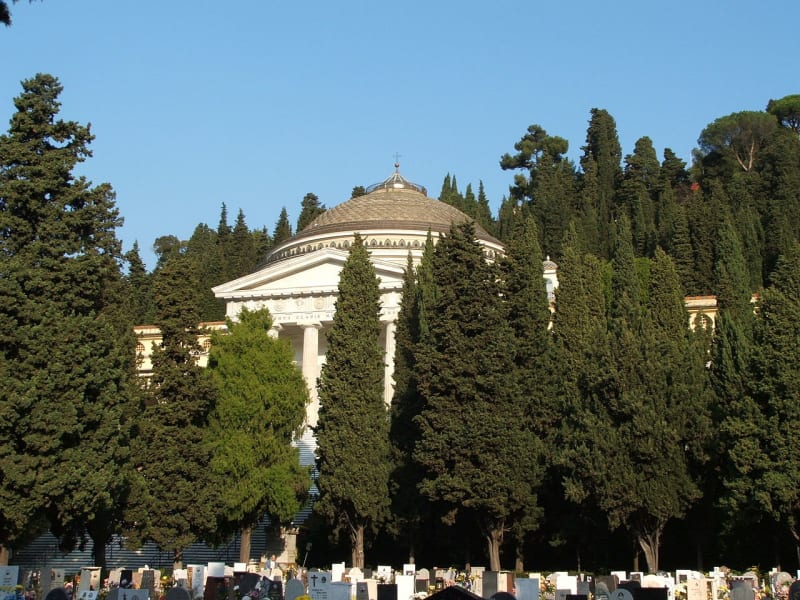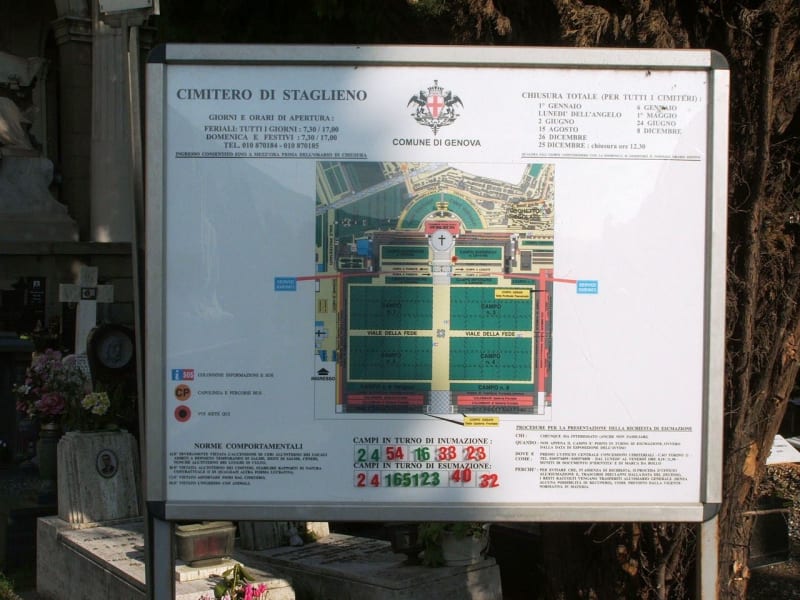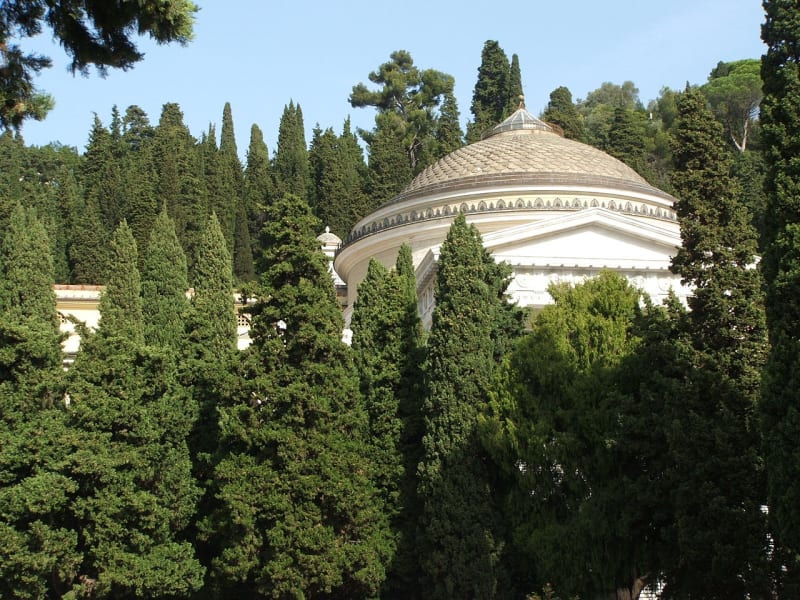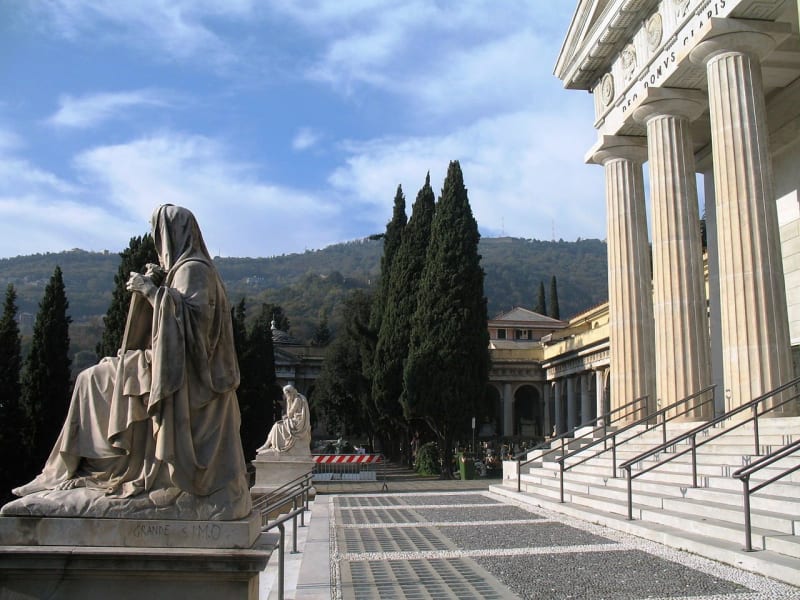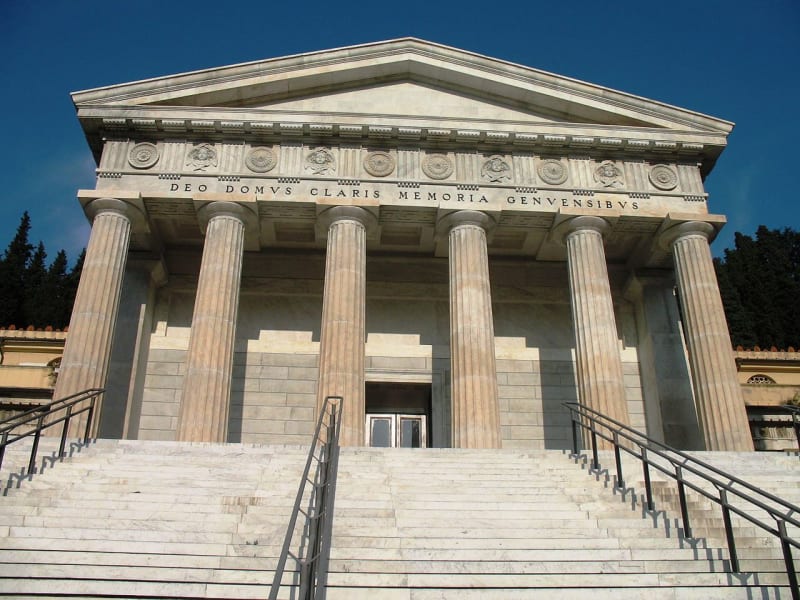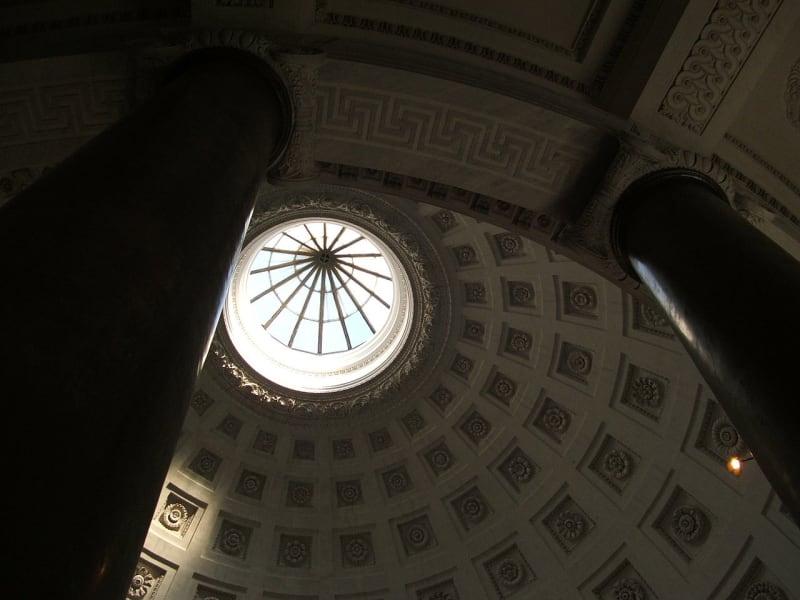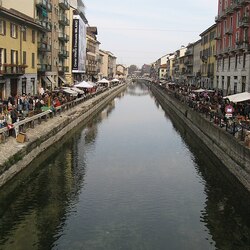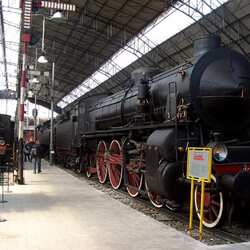Staglieno Cemetery
The Staleno Cemetery was officially opened to the public on January 1, 1851. Although it was largely unfinished at the time, its architectural, functional and symbolic features had already been traced. Due to the impressive funerary monuments present in this cemetery, it is considered a real open-air museum. These numerous funerary statues and chapels were mainly worked by Genoese sculptors of various styles, and the whole complex is becoming important from the point of view of architecture and funerary sculpture.
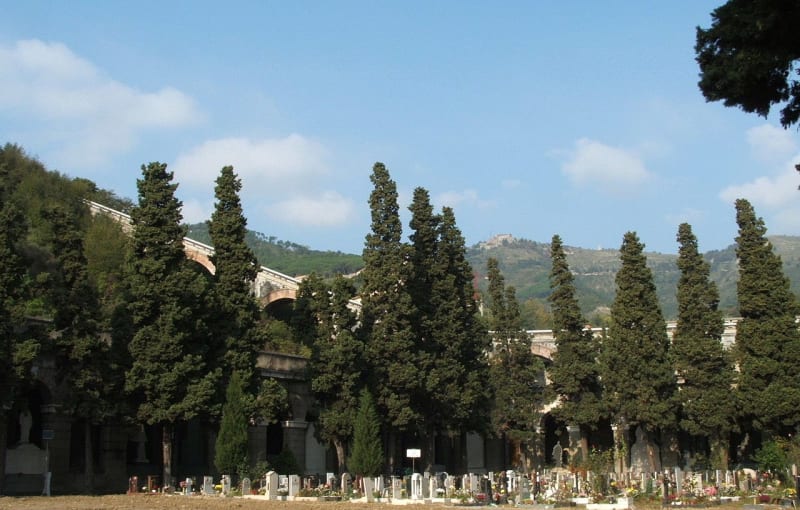
Project history
Architect Carlo Barabino (1768-1835) was assigned the task of designing the Staglieno Cemetery. In 1835, he was responsible for most of Genoa's neoclassical features and the construction of representative buildings such as the Teatro Carlo Felice, the Palazzo dell'Accademia, and many others. However, he was unable to complete the project due to his sudden death in 1835 during a major cholera epidemic. Then the task of developing a project for the Staglieno Cemetery was assigned to his student and co-author Giovanni Battista Resasco (1798-1871), whose plan was approved in 1840. Work began in 1844 in the Villa Vaccarezza area of Staglieno, in a sparsely populated area near the city center.
The architectural part
Rezasco preserved the quadrangular structure of the Staleno Cemetery as the main core of the Barabino project, emphasizing its monumentality. A strong hint of this architectural structure is still visible and aroused great admiration among contemporaries, who, entering the main entrance, found themselves immersed in this vast set consisting of a series of monumental arcades. When the overall structure of the Stageno Cemetery was completed between the sixties and eighties, the overall effect was enhanced by its inclusion in the natural environment. On a green hill in the Boschetti and Valletta Pontasso area, which is lined with dense vegetation, there are chapels and monuments scattered and partially hidden in greenery.

Expansion Of the Cemetery Has Been Completed
The growth of the city, which in those years was becoming one of the main industrial and commercial centers of Northern Italy, soon required new extensions. Landscape integration, which has increased over time due to some specifically naturalistic extensions, such as the non-Catholic territory and the English cemetery, prepared in the last decades of the nineteenth century and the first half of the twentieth. In 1935-1936, a memorial to the fallen of the First World War was built.
